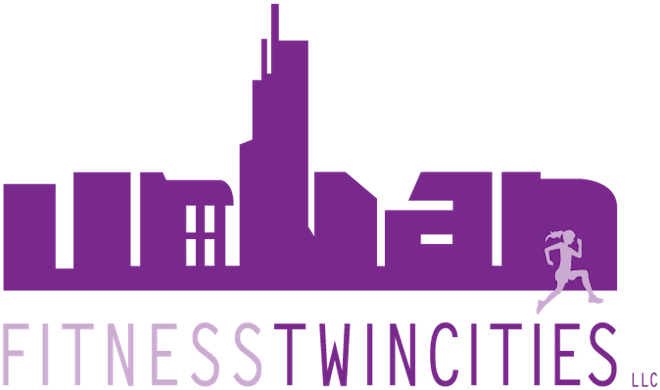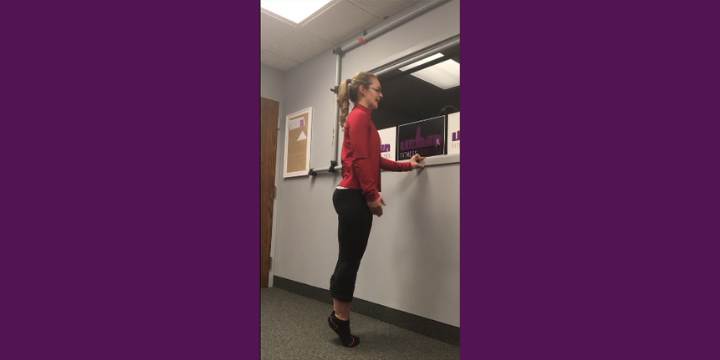Keep ankles strong, improve balance and help prevent injury!
Calf Raises (Heel Raises, Eleves…) can help prevent ankle injuries when done correctly. But did you know that they not only work the ankle and calf muscles but also the hamstrings, low glutes, pelvic floor and feet muscles? Strengthening these ankle and leg muscles isn’t just good for ankle injury prevention but also helps improve balance. This common exercise, however, is often done wrong or not quite right which can be dangerous and doesn’t access the leg and pelvis muscles and may only strengthen one part of the ankle. Find out how to get the most out of them on our new vlog.
Use these tips to help get the most out of this exercise:
- Keep the ankle bones and inside of your feet (whatever parts touch) together as you go up and down. Mirrors can be helpful to see if your ankles are together.
- Keep your knees straight, especially the higher up you rise.
- Push don’t pull yourself up. Use the pelvic floor, inner thighs and low abs to push you off the ground.
- Keep the energy of the heels reaching down to the floor, even as they come off the floor. This helps work the calves in a long engagement instead of gripping them and making them tight.
- Keep the quad relaxed or reaching long down through the heel as you rise. This will help engage your hamstrings and stop you from pulling yourself up.
- Only go as high as you can keep the knees straight, the quads relaxed, and by pushing instead of pulling. This will ensure that you don’t grab your muscles and over work your calves. As you get stronger, depending on your ankle mobility, you will go higher by using the best muscles in the best possible way.
- Do not force. Remember everyone’s ankle mobility is different so you might only get your heels a little off the floor or they might go really high. Go only as high as you ankles will allow without you forcing them.
- Keep your toes long, wide and relaxed; do not curl or grip the floor with your toes. Instead spread the wide and reach to bottoms of them long away from the ball of the foot (metatarsals)
- Keep the weight forward on the balls of your feet the whole time. Your heels should touch the ground, but you should not thunk at the bottom. If your lowering feels like a thud, even a tiny one, you have rocked your weight back into your heels.
We recommend doing anywhere from 4-12 of these with your workout routine. We also recommend rising up and lowering down slowly; take at least two slow counts to get up and to get down. This slow rise and lower will strengthen the muscles for the whole range of motion of your ankle, instead of just the ones at the top and bottom. For best results, we also recommend doing these without shoes.
Looking for an exercise routine that includes you ankles and feet? Schedule your free 90 minute consultation.

Addie Kelzer is a certified personal trainer and nutrition consultant. She believes that by making fitness and good food practical, her clients will hold the power to positively change their health and the health of those closest to them.

